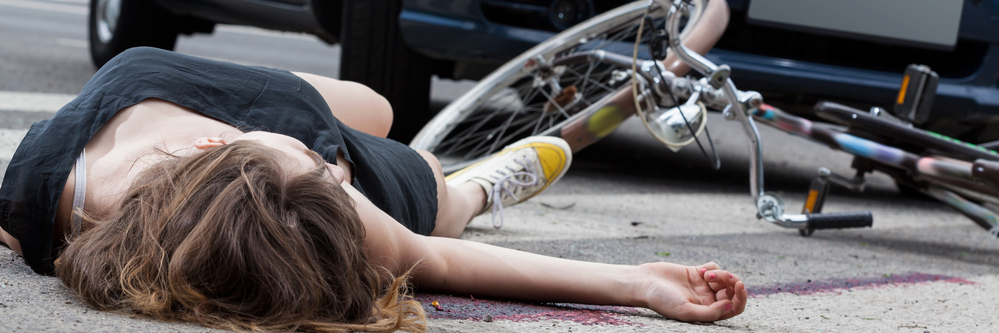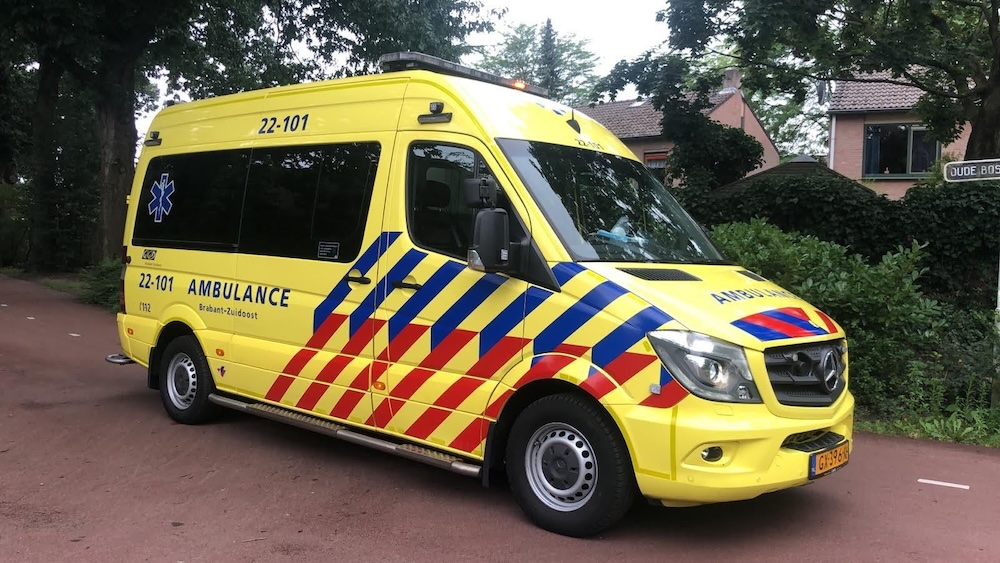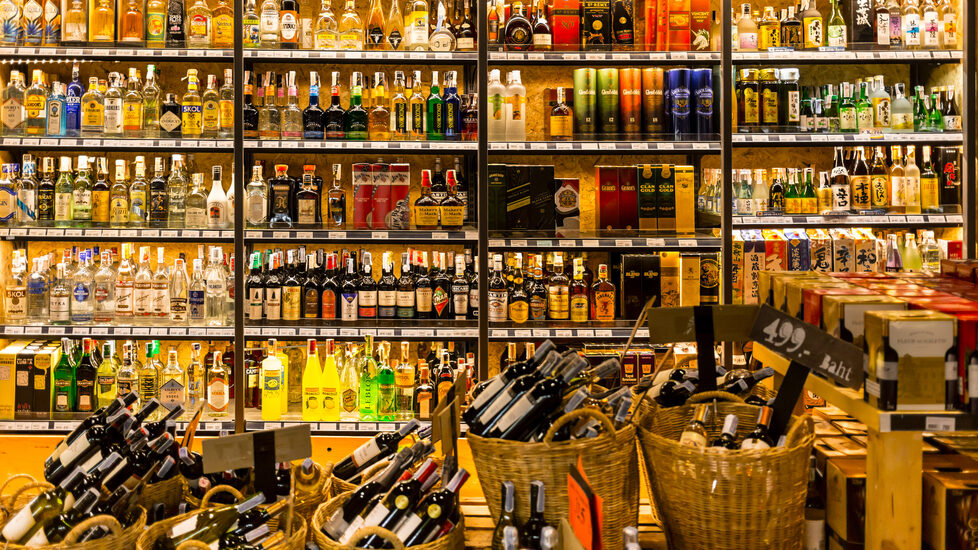The government and local municipalities are urged to take measures.
A worrying trend is emerging in today's nightlife culture: young people 'drinking up' at home before a night out. This practice not only poses health risks but also poses a road hazard. This leads to disturbing situations, especially in cities where the bicycle is a popular means of transport.
Drinking at home is not really new and is a widespread phenomenon among young people that is part of youth culture. Recent economic developments have had a direct impact on the increase, especially on the price of a beer in pubs. These price increases also influence people's going out behavior. An analysis of price increases in different cities shows that in some cases the price of a standard glass of lager has risen by as much as 10% to 15% compared to last year.
research
A recent study by the University of Amsterdam has shown that more than 60% of young people between 16 and 24 years old regularly consume alcohol at home before going out. The reasons range from financial savings – drinks in clubs and bars are often expensive – to social pressure. However, what starts as an innocent preparation for a night out can quickly turn into dangerous behavior.
The effects of alcohol are clear and scientifically proven: reduced coordination, slower reaction time and distorted judgment. These are factors that can be life-threatening as soon as young people get on their bike. The police report an increase in the number of drunk driving accidents, especially in the late evening and early morning.

The message is clear: imbibing the 'innocent' at home can have serious consequences.
The problem is exacerbated by the fact that many young people underestimate the dangers of alcohol. “They often think that a few drinks won't do any harm, but the reality is different,” says Joris van Hoof, researcher at the University of Twente. “We already see a significant increase in risk behavior at low blood alcohol levels.”
This trend has led to calls for stricter enforcement and education. Some cities have already taken initiatives, such as organizing awareness campaigns and increasing police presence in entertainment areas. There are also calls for more information in schools and in the community about the dangers of alcohol consumption, especially in combination with cycling.
The message is clear: imbibing the 'innocent' at home can have serious consequences. It is essential that young people become aware of the risks, not only for their own health, but also for their safety on the road.
First aid
Drunken cyclists form the largest group of patients after alcohol-related accidents. Recent data shows that 60% of accidents involving alcohol involve cyclists who have fallen.
Doctors and nurses in emergency departments regularly see the consequences of such risk behavior. “The injuries range from minor abrasions to severe head trauma,” said a senior doctor at a metropolitan hospital. “It is shocking to see how many people endanger themselves and others by cycling while drunk.”
The impact of these accidents extends beyond physical damage. In addition to the direct health consequences, there are also social and economic implications. The pressure on healthcare, the costs of medical treatment and the wider consequences for road safety are significant.
These figures lead to calls for stricter enforcement and more awareness campaigns. Road safety organizations, such as Veilig Verkeer Nederland, emphasize the need for education about the dangers of alcohol in traffic, with a specific focus on cyclists.

Doctors and nurses in emergency departments regularly see the consequences of such risk behavior.
The combination of alcohol and cycling often leads to stories that are both humorous and worrying. In Dutch cycling culture, where the bicycle is an indispensable means of transport, such adventures are not difficult to find. A survey in various cities confirms this: almost everyone has a personal anecdote or knows someone who has experienced such an adventure.
anecdotes
The stories vary from comical to sometimes dangerous situations. Take, for example, the classic about the invisible pothole in the road. “I thought I could zigzag between the potholes, but before I knew it, I was in the middle of them,” says a student from Utrecht, laughing about his night-time cycling adventure after a party.
Or the story about the 'moving' tree. A young woman from Rotterdam remembers: “I swear to God, that tree came out of nowhere. I tried to avoid him, but it was too late.” Fortunately, this adventure ended with a few scratches and a dent in her ego.
These anecdotes, although often told with a smile, highlight a serious problem. Alcohol consumption affects judgment and motor skills, leading to increased risks in traffic. The Police and Safe Traffic Netherlands regularly warn about the dangers of driving under the influence, including cycling.
These warnings are not without reason. Hospital data show that a significant number of cycling accidents during the night are related to alcohol use. “It is a problem that we must take seriously,” says a spokesperson for the traffic police. “An accident is inevitable, especially if you have been drinking.”

Recent research shows that many minors can purchase alcohol without much difficulty.
Despite strict regulations and awareness campaigns, it remains surprisingly easy for minors in the Netherlands to obtain alcohol. This points to a gap between legislation and reality in shops and catering establishments.
night shops
According to Dutch law, sellers are obliged to ask for proof of identification if they have any doubts about the age of a buyer. This can be an identity card, driver's license or another official document. The law is clear: the sale of alcohol to minors is prohibited and the seller is always responsible if this rule is violated.
Despite these clear rules, recent research shows that many minors can purchase alcohol without much difficulty. In some cases, you are not even asked for proof of identity. This situation is worrying not only because of the direct health risks for young people, but also because of the broader social consequences.



